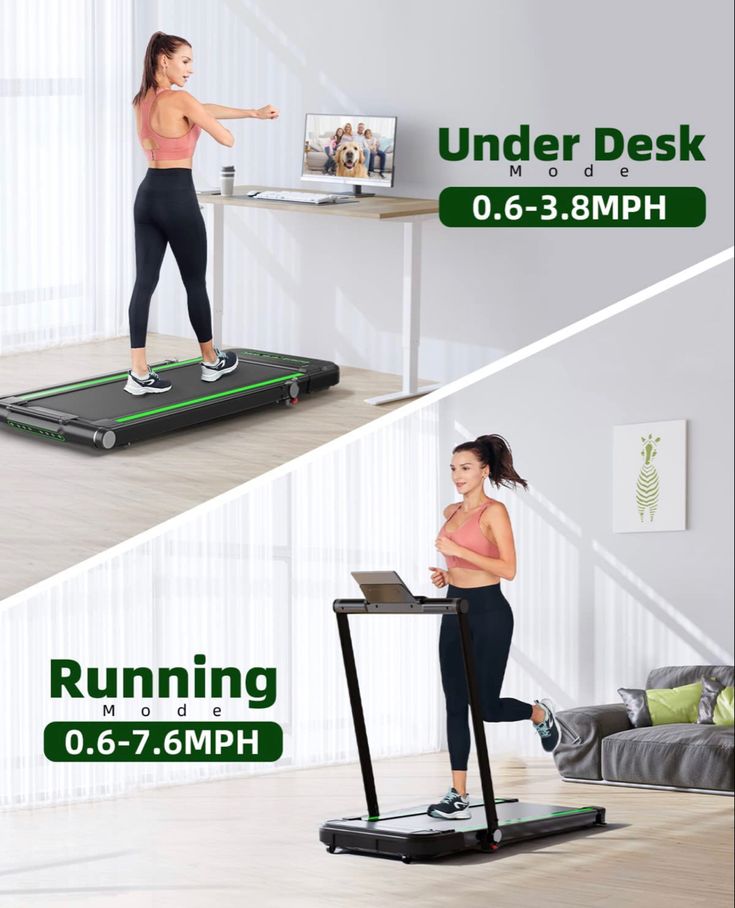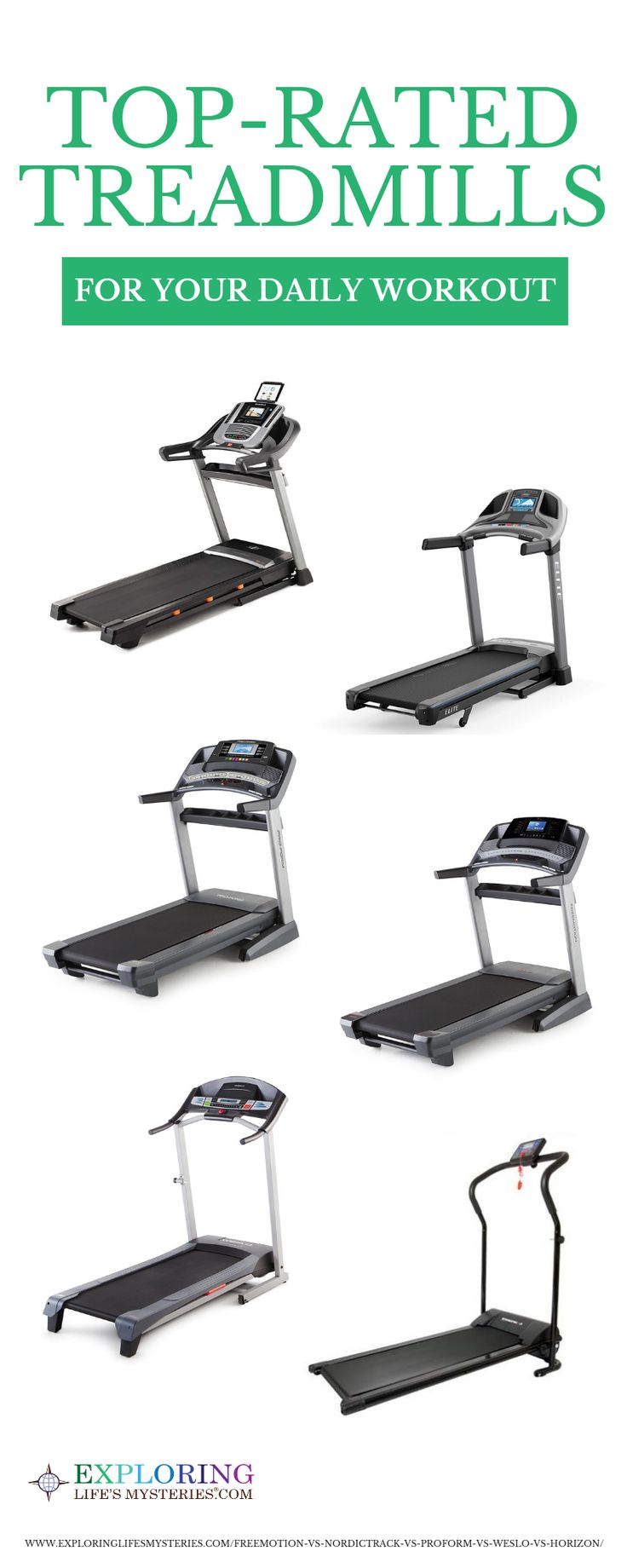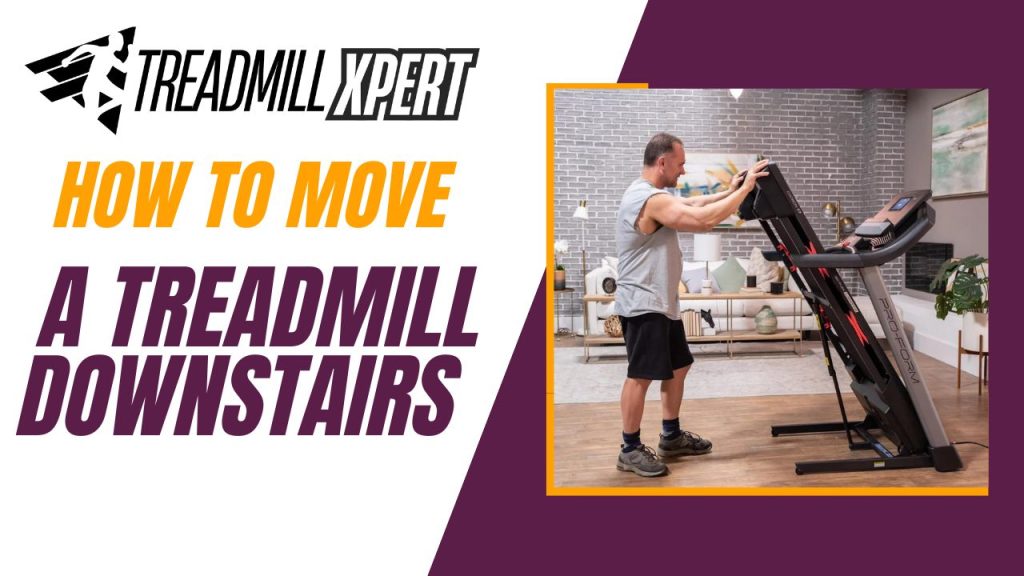🏋️♂️ How to Move a Treadmill Downstairs? A Step-by-Step Guide to Do It Safely
Thinking about moving your treadmill downstairs? Whether you’re relocating your home gym or making space upstairs, you’ve probably realized it’s not as simple as dragging it down a flight of stairs.
So, how to move a treadmill downstairs? It takes careful planning, the right tools, and a few helping hands to get it done safely and efficiently—without damaging your machine or injuring yourself.
In this guide, we’ll break down:
-
Why moving a treadmill downstairs is tricky
-
What equipment you’ll need
-
Step-by-step instructions
-
Pro safety tips you shouldn’t ignore
🚨 Why Is Moving a Treadmill Downstairs So Difficult?
Treadmills are heavy, awkwardly shaped, and fragile. Here’s why you should be extra careful when taking one downstairs:
1. Weight
Most treadmills weigh between 150–300 pounds. That’s a lot to manage, especially on stairs.
2. Awkward Shape
Treadmills have a long base and wide rails, making them hard to turn around tight corners or stair landings.
3. Tight Staircases
Many homes have narrow staircases with low ceilings, tight turns, and obstacles that can make maneuvering difficult.
4. Unbalanced Load
Treadmills have uneven weight distribution. The motor end is usually heavier, making the machine feel off-balance when lifted.
5. No Handholds
There’s usually no safe place to grip a treadmill. Unlike furniture, it’s not designed for easy lifting.
6. Fragile Parts
One drop could damage the console, motor, or internal electronics.
7. Safety Risks
There’s a real risk of slipping, falling, or crushing fingers and toes if the move isn’t handled properly.

✅ How to Move a Treadmill Downstairs Without Injury: Step-by-Step
Now that you know the risks, here’s how to move a treadmill downstairs safely and smartly:
Step 1: Measure and Plan the Route
-
Measure your treadmill’s dimensions and weight
-
Check stair width, height clearance, and tight turns
-
Clear the path—remove rugs, decor, furniture, and anything that might get in the way
Step 2: Unplug and Disassemble
-
Unplug the treadmill to avoid any electrical hazard
-
Remove the console/display and any detachable parts to reduce weight
-
If foldable, lock it in the folded position or disassemble the frame if needed
Step 3: Gather Your Team
-
Ask 2–3 able-bodied friends to help
-
Assign roles: one person to guide from the top, another at the bottom, and one spotting
Step 4: Use Proper Moving Equipment
Here are tools that make the job safer:
| Tool | Purpose |
|---|---|
| Moving straps | Distribute weight evenly |
| Appliance dolly | Provides wheels and handles for control |
| Furniture sliders | Help slide the treadmill on flat surfaces |
| Plywood sheets | Create a smoother path down stairs |
| Ratchet straps | Secure the treadmill to a dolly |
| Work gloves | Improve grip and prevent hand injuries |
| Foam pads & blankets | Prevent damage to walls and treadmill parts |
Step 5: Lift the Right Way
-
Wear closed-toe shoes and gloves
-
Lift with your legs, not your back
-
Avoid twisting while carrying
-
Communicate clearly with your helpers at all times
Step 6: Descend Carefully
-
One person should be at the bottom to guide and balance the weight
-
Use straps or ropes to help control the descent
-
Take it one step at a time—don’t rush!
-
Pause to rest if needed. Muscle fatigue can lead to accidents
Step 7: Set Down Gently
-
Once downstairs, set the treadmill on a flat surface
-
Reattach the console and other parts
-
Plug it back in and test all functions
🔧 Tools and Materials Checklist
Here’s a quick checklist of what you’ll need:
-
Moving straps or belts
-
Appliance dolly (rated for 300+ lbs)
-
Furniture sliders
-
Plywood sheets (for ramps)
-
Protective blankets
-
Tool kit (screwdrivers, Allen keys, wrenches)
-
Work gloves
-
Foam pads
-
Ratchet straps
-
Lift bar (optional)
-
At least 2 strong helpers
🧠 Pro Tips for a Safe Move
-
Don’t do it alone. Always ask for help.
-
Plan every step of the route before lifting.
-
Go slow. Rushing increases your risk of injury or damaging the treadmill.
-
Watch your footing. Wear shoes with good traction.
-
Use protective padding to avoid damage to stair railings and walls.

🔁 After the Move: What to Do
Once your treadmill is in place downstairs:
-
Reassemble the parts and test all features (speed, incline, display)
-
If needed, calibrate the machine or perform a reset
-
Lubricate the belt to ensure smooth operation
❌ What NOT to Do
-
Don’t try to move the treadmill by yourself
-
Don’t ignore your treadmill’s weight limits
-
Don’t use makeshift tools (like ropes not rated for heavy loads)
-
Don’t rush. Take your time!
💬 Final Thoughts
So, how to move a treadmill downstairs without injury or damage? It comes down to planning, teamwork, and the right tools. These machines aren’t light or easy to handle—but with a few friends and proper equipment, you can make the move safe and stress-free.
Take your time, communicate with your team, and most importantly—protect yourself and your equipment.
